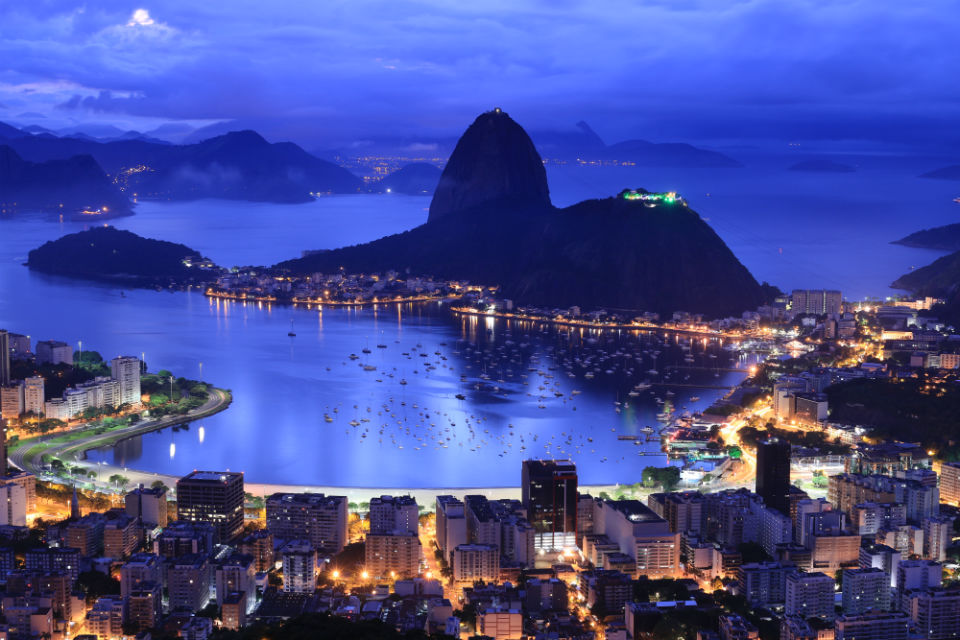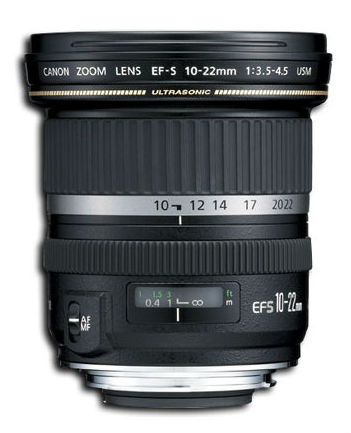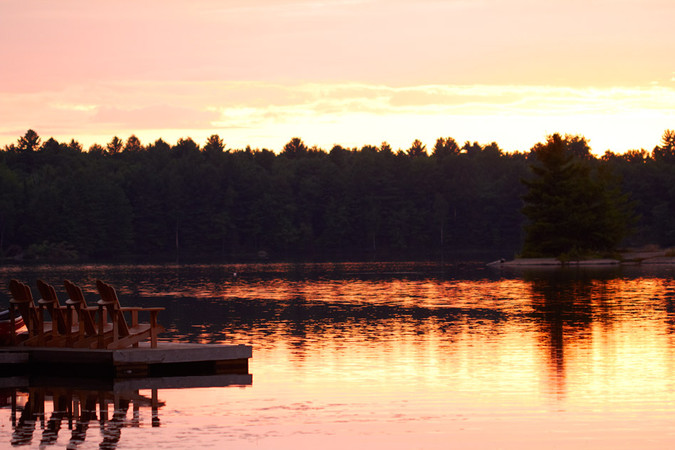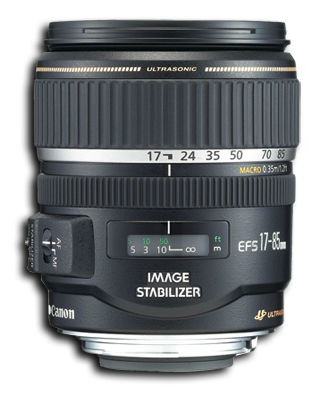
Here in Canada, getting outdoors is like a national pastime. In fact the popularity of ice hockey north of the 49th can be traced directly to Canadian’s desire to be enjoy the outdoors, even in the arctic depths of a northern winter! In warmer months, there’s a seemingly inexhaustible amount of hikes and trails right on our doorsteps that have been worn by generation after generation. It seems that the compulsion to seek adventure is a part of every Canadian’s DNA.
The Rewards Of Nature Photography
Photographing nature offers some of the best and most varied opportunities to make beautiful images to hang on your walls, it’s hardly surprising that it’s one of the most popular pursuits in photography. For many people it gives them an added incentive to strap on that 50lb rucksack, and do battle with the mosquitoes and horseflies.
There are lot’s of different ways to approach nature photography, from the macro perspective of flora and fauna, to landscape work encompassing great mountain ranges. There’s a niche for each and every photographer, and a lifetime’s worth of subject matter.
Today I’m going to give you some ideas and inspiration to take your nature photography further, and also recommend some Canon lenses that can help you on your journey.
 Learn From The Master
Learn From The Master
When I think of nature photography, I inevitably think of Ansel Adams, one of the greatest photographers ever to have lived. To this day Adam’s landscape photographs of Yosemite National Park remain some of the most breathtaking images ever created. A lot of modern landscape photography is photographed in color, and is heavily post-processed, to the point where it takes on an almost other-worldly, fantastical quality. Most of Ansel Adam’s work was photographed in black and white, and while there was a certain amount of work done in the darkroom to enhance the final prints, his images retain a ‘realness’ that makes you believe that if you had the good fortune to be in that spot at that exact moment, this is how the scene would have appeared to your eye.
Pack A Wide-Angle Lens
In terms of inspiration for landscape work, I highly recommend delving into Mr. Adam’s archives. In terms of lenses, a wide-angle zoom like Canon’s EF-S 10-22mm f/3.5-4.5 USM is exactly the kind of lens you need to pack. Like all of the lenses I’ll be looking at today, it is designed to work exclusively with Canon’s DSLRs which carry the APS-C sized sensor, like the Rebel cameras and the 70D.
 Foreground, Middleground, Background
Foreground, Middleground, Background
One of the most common mistakes inexperienced photographers make when shooting landscapes is failing to include adequate detail in the foreground, middleground and background. Often we get the middleground and background right, for example a beautiful stretch of beach and a glorious sunset. But in order to create an image that is truly engaging for the viewer you need to find that extra something in the foreground, which acts as an entry point for the viewer’s eye. In our beach example you might look for a boat, or some crab pots, or even a couple of sun loungers.
The Best Manual Settings
If you’re planning to shoot in manual mode, and you’re wondering what the best settings are for landscape photography, my basic advice is to keep the aperture as high as possible. The reason for this is that aperture is directly related to depth of field – the higher the aperture number, the wider the depth of field. In case you’re unfamiliar with the term, ‘depth of field’ refers to the range of distances within which objects in the scene you’re photographing are sharp and in focus. Ideally we want everything sharp, from the foreground to the background.
 A Tripod Can Be Handy
A Tripod Can Be Handy
Although it’s not absolutely necessary, I always recommend packing a tripod for landscape work, or any kind of nature photography for that matter. When you increase your aperture number, you are in fact reducing the size of the aperture, and consequently you’re also reducing the amount of light hitting the sensor. To compensate for this you can do one of two things; reduce the shutter speed, or increase the ISO. Although the high ISO performance of modern DSLRs is really impressive, we still like to keep our ISO low, because high ISOs are associated with noise, a kind of grainy distortion. If we reduce our shutter speed too much we can end up with camera shake, where small movements of our hands lead to blurry images.
If we have a tripod with us however we can set the shutter speed as slow as we like. The other nice thing about using a tripod is that it forces you to slow down and assess the scene a little more carefully than you otherwise might.
 Wildlife Photography
Wildlife Photography
A good tripod (or even a monopod) is vital in another very popular area of nature photography: wildlife. Wildlife photography requires an immense amount of patience, and because the key moment can happen and be over in a second, a successful wildlife photographer needs to be constantly at the ready.
Use A Telephoto At A Safe Distance
The lens of choice for the wildlife photographer is the telephoto zoom, which allows you to be at a safe distance and still get amazing close-ups. And if you’re out there looking for one of Canada’s iconic animals, like the cougar, bear or moose, safety is a serious concern! The Canon EF-S 18-200mm f/3.5-5.6 IS has a pretty impressive 11x optical zoom capability, which gives you the ability to not only get thrilling close-ups, but also gives you the option to shoot wide-angled shots too. The 18-200mm also comes with image stabilization which gives you increased leeway for reducing your shutter speed if the light is fading. The general rule of thumb is that your shutter speed should be twice your focal length, so for example if you’re shooting at 200mm, your shutter speed should be one 400th of a second. With Canon’s image stabilization you could get good results shooting at just one 25th of a second.
 An All-Rounder
An All-Rounder
If you’re looking for a more general purpose lens that you can bring with you on Sunday afternoon strolls in the park, then you might want to look at the EF-S 17-85mm f/4-5.6 IS USM. It’s a little bit lighter (and more affordable) than the 18-200mm. This lens will deliver better quality images at the wide angles, but still allow you some pretty decent zoom capabilities. It also comes with image stabilization to allow you to squeeze the most out of your shooting day.
Nature photography is a great excuse to get outside and enjoy some of the amazing scenery that this magnificent country has to offer, so grab your camera and a couple of lenses and get out there and make some stunning photographs!







































